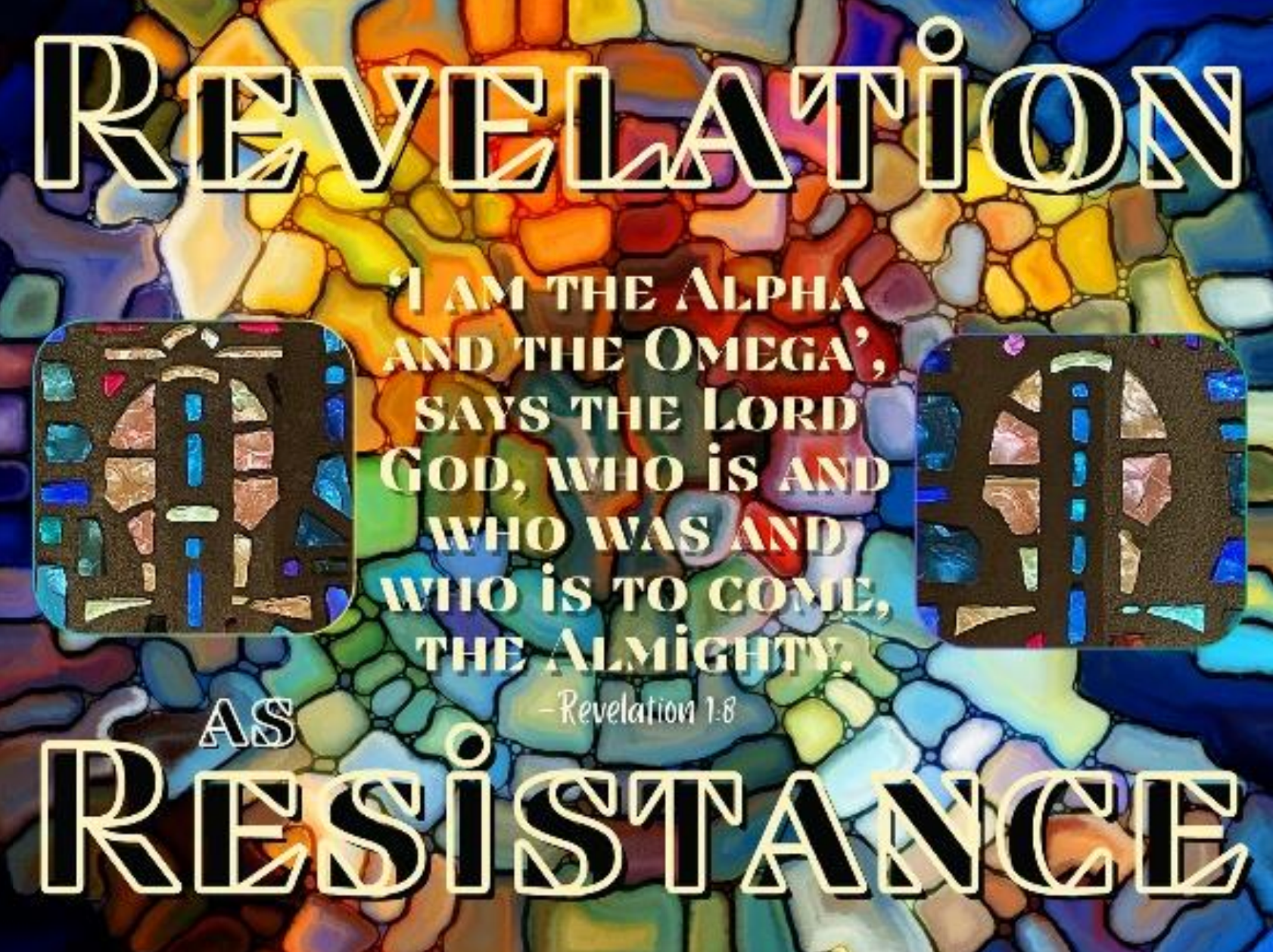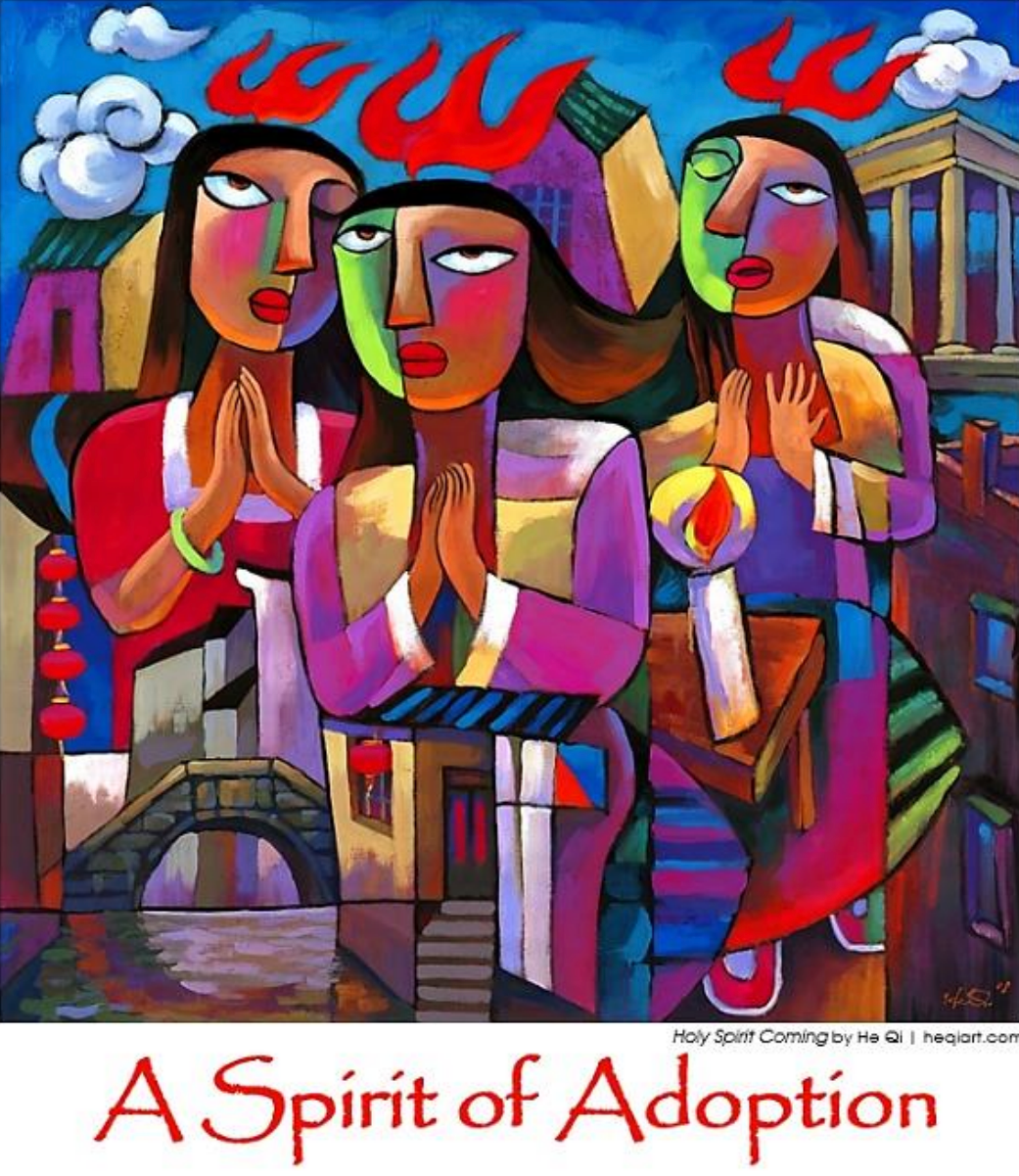Why We Give: The Poindexter Family
When I was about 12, my mother and father separated. Money was tight. She worked three jobs – shuffling from a department store to Hertz car rental to a night shift on a psychiatric ward – to keep food on the table and clothes in our closets.
Every Sunday she took us to Calvary Baptist Church in New Orleans. When the offering plate came around, she dug into her wallet and pulled out a few $20 bills. Then, she passed the plate to my sister and me, so we could put in our own money.
My mother’s commitment to tithing amazed me. We had so little that I often played football in donated cleats. A new pair of blue jeans was a luxury. And yet, each Sunday she would part with what she had spent hours that week earning.
“No matter how little we have, we have enough,” she told me. “It’s our obligation to help others who don’t have this much.”
This is how I learned the value of giving to the church. It’s a value I am deeply committed to, in part, not only because I believe it’s the right thing to do but also because it helps me honor the memory of my mother and the sacrifices she made for her faith and family. Those efforts helped me get to Brown University, where I played football, met my wife, Brie, and got the foundation for my career in commercial construction.
Our family joined Calvary in 2010. Brie and I were looking for a new church home after relocating to San Francisco. We knew we would be starting a family soon and now have two daughters: Eve, 7, and Zoe, 9.
Being part of this congregation has enriched our lives. Its ministry in the community has helped me become more aware of injustices in the world and an advocate for social justice.
Every year we make our pledge to Calvary, we push ourselves to give more. We push to a point that we sometimes become anxious about it. But inside it feels good. It’s what I know my mother would have done.











